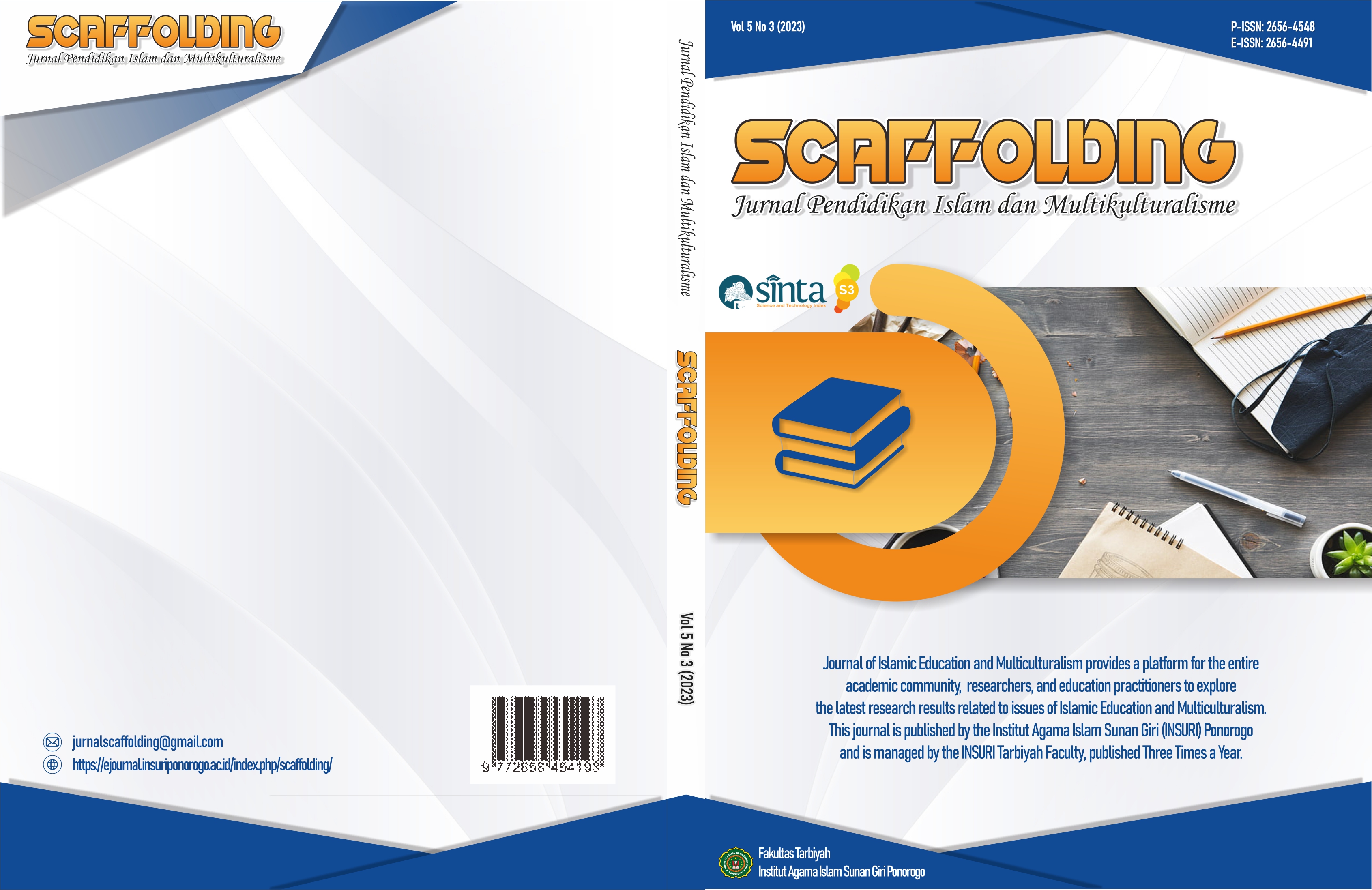The Relationship Between Work Attitudes and the Implementation of OHS on the Competency Test of Blitar SMK Students
DOI:
https://doi.org/10.37680/scaffolding.v5i3.3723Keywords:
Competency Test Skill, Health and Safety Work (K3), Relevance Place Practicum, SMK Islam 1 BlitarAbstract
The purpose of this study was to determine the relationship between Work Attitude (X 1) and the application of K3 (X 2) to the Expertise Competency Test (Y) both partially and simultaneously and describe each variable X 1, X 2, and Y. The research design used is quantitative with descriptive correlational research type. The population in this study were all XII-grade students of SMK Islam 1 Blitar. The sampling technique was carried out using a proportional random sampling technique. The sample of this study was class XII students of the TITL Department of SMK Islam 1 Blitar, which consisted of 11 classes with a sample size of 87 students. The data sources in this study are primary data sourced from questionnaires and secondary data from Google Scholar. The data collection technique in this study was carried out by distributing questionnaires to the respondent sample. The data obtained were tested with a partial correlation test to reveal the relationship between the independent variable and the dependent variable both partially and simultaneously. The results showed that there is a positive and significant relationship between Work Attitude and the Skills Competency Test of class XII ITT Department students of SMK Islam 1 Blitar. There is a relationship between the Application of Occupational Health and Safety (K3) and the Skills Competency Test of class XII ITT Department of SMK Islam 1 Blitar. There is a positive and significant relationship between Work Attitude and the Application of Occupational Health and Safety (K3) to the Skills Competency Test of class XII ITT Department students of SMK Islam 1 Blitar.
Downloads
Published
How to Cite
Issue
Section
License
Authors who publish with this journal agree to the following terms:
Authors retain copyright and grant the journal right of first publication with the work simultaneously licensed under a Creative Commons Attribution-NonCommercial 4.0 International License that allows others to share the work with an acknowledgement of the work's authorship and initial publication in this journal.
Authors are able to enter into separate, additional contractual arrangements for the non-exclusive distribution of the journal's published version of the work (e.g., post it to an institutional repository or publish it in a book), with an acknowledgement of its initial publication in this journal.
Authors are permitted and encouraged to post their work online (e.g., in institutional repositories or on their website) prior to and during the submission process, as it can lead to productive exchanges, as well as earlier and greater citation of published work.



